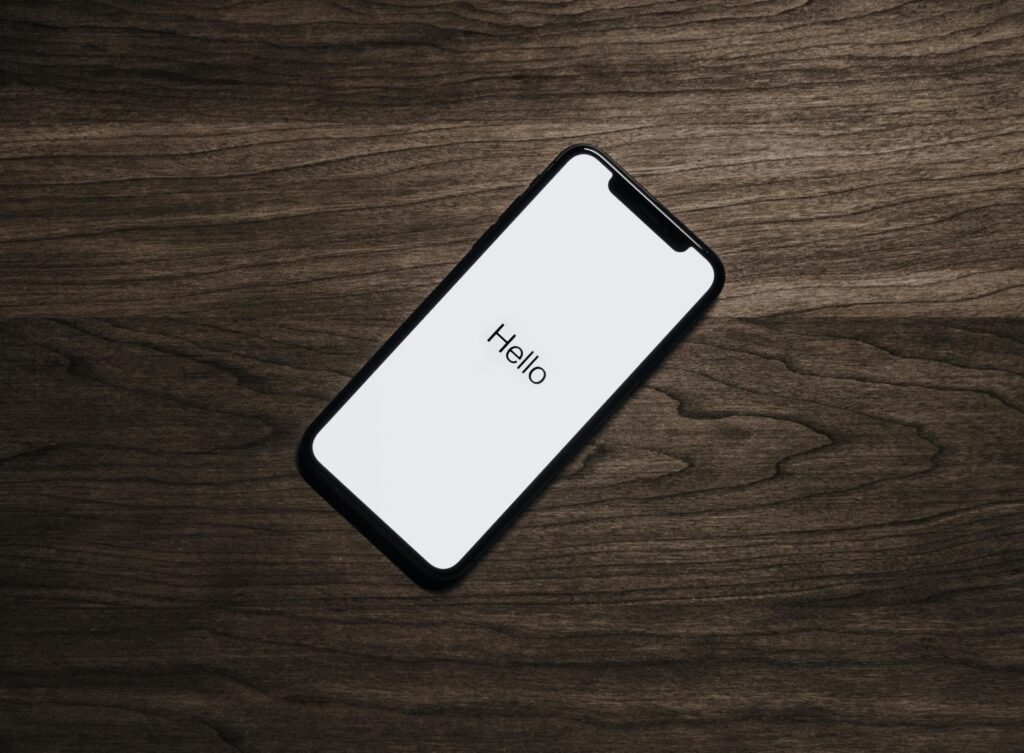More people browse the internet on their phones than on computers now. It’s been that way for a while. If your website is designed for desktop first and then squeezed onto mobile second, you’re doing it backwards and you’re losing customers because of it.
The Numbers Don’t Lie
Over 60 percent of web traffic is mobile now. More like 70 or 80 percent in some industries. Your customers are using phones. If your website doesn’t work well on phones, it doesn’t work.
And here’s the thing: mobile users are impatient. They’ve got less time. They’re on slower connections sometimes. They don’t want to deal with websites that don’t work on their devices.
What Mobile-First Actually Means
It’s not the same as “mobile responsive” which just means your site squashes down to fit a phone screen. Mobile-first design means you design for mobile first, then add to it for larger screens.
You start with a phone in mind. What’s essential? What’s the core message? How do you make the user journey work on a tiny screen? Then you enhance it for tablets and desktops.
The result is a site that works brilliantly on mobile and also works great on desktop. Not the other way around.
Conversion Rates Drop on Bad Mobile Sites
If your checkout process is confusing on mobile, people abandon it. If your forms are hard to fill out on a phone, people don’t fill them out. If your site is slow on mobile, people leave before anything loads.
A mobile-first approach keeps conversion rates up across all devices.
Google Cares About Mobile
Google switched to mobile-first indexing. That means Google ranks websites based on how they work on mobile, not on desktop. If your mobile site is bad, your rankings suffer.
That’s a direct impact on how many customers you get through search. Learn more about how design choices affect your SEO performance.
The User Experience Is Different
On desktop, you might hover over things. On mobile, you’re tapping. On desktop, you might watch a video. On mobile, you might have it on mute. On desktop, you might read a long article. On mobile, you want quick information.
The whole experience is different and your design needs to reflect that.
Mobile-First is Actually Simpler
Here’s something counterintuitive: designing for mobile first often makes your design simpler and cleaner. You can’t clutter a mobile screen, so you focus on what matters. That simplicity then carries over to your desktop experience.
Turns out, simple design is good design anyway.
What You Should Do
Make sure your website is actually mobile-first. Not just responsive, but designed with mobile as the priority. Everything should work great on a phone: navigation, forms, CTAs, content loading.
If your current site doesn’t do this, it’s time to rebuild it with proper web design that puts mobile first. A pay monthly web design option can make that process more affordable and flexible without cutting corners on quality.
Your customers are on mobile. Your website needs to meet them there.




